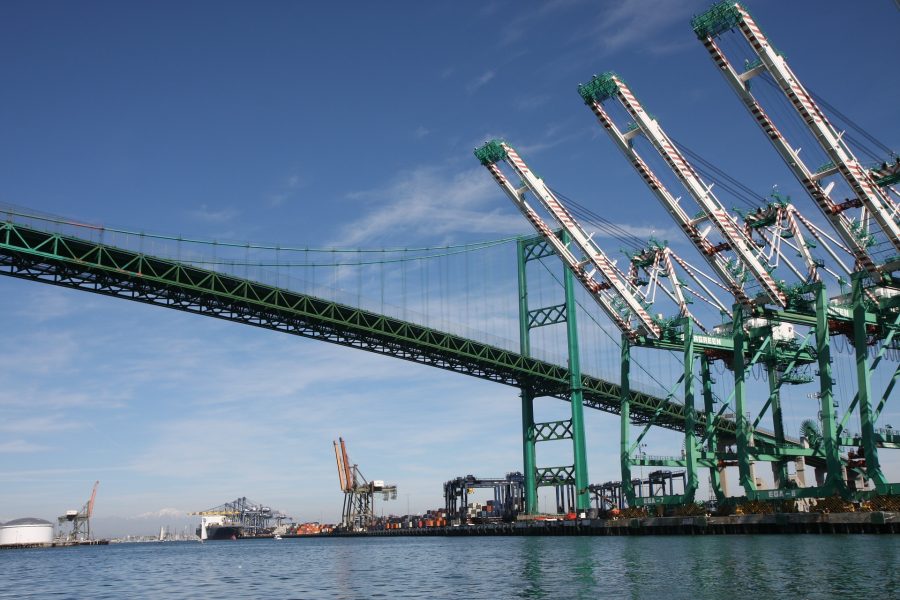Experts, scientists, and everyone in between are rushing to give their take on the recent “bomb cyclone” that dumped the most amount of rain in many parts of Northern California in nearly 150 years. Sacramento broke the single-day rain record, last set in 1880, when 5.44-inches of rain fell between Oct. 24-25, 2021.
It’s no surprise that one massive storm will pull the state out of a drought. But there is reason to be hopeful that early snow in the Sierras will help pull the state out of its dry spell come 2022.
Why? Because the state’s biggest “reservoir” is being replenished.
One of the great “trick” questions of California water management is what the biggest reservoir in California is. If we’re looking at man-made reservoirs, it’s the Shasta, which is run by the federal government, and Oroville, run by the state, reservoirs.
The state’s biggest “reservoir” is actually the snowpack, which accounts for about 30 percent of California’s water supply in an average year. A significant snowpack means melting snow, full streams and rivers, and full reservoirs in the spring and summer.
According to the UC Berkeley Central Sierra Snow Lab, October 2021 set the record for the most combined rain and snow with 16 inches. Maybe it isn’t a coincidence that the previous record was in October 2016 – at 15.67-inches – in what would be the end of an intense four-year drought. The 2016-2017 winter season was a monster year for the snowpack, with some ski resorts recording more than 600 inches of snow.
According to the Tahoe Fund, Lake Tahoe went up six inches and received 20 billion gallons of water from the late October atmospheric river. Oroville reservoir rose 20 feet, although it is still significantly below normal capacity.
The fact that ski resorts across California are moving up their opening day to the end of October – and have real snow on the ground, not just snow machine-produced powder – is a promising sign.
The big question in all this is what can the state do to ensure the snowpack is abundant each winter? The tough reality is nothing. The Golden State’s water system is built to capture and distribute water that is solely dependent on a robust snowpack each year.
Last October, I talked to Pacific Research Institute author Steven Greenhut about his new book Winning the Water Wars. Greenhut advocates for an “all of the above” approach to water management and he is probably correct that every strategy should be used to protect, use, and conserve water in the west.
With the entire California water system, both state and federal, built around collecting water from the snowpack, more attention, political will, and money should be focused on regional water outcomes that leave no strategy off the table.
Desalination, water treatment, reusing non-potable water, and a strengthened water transport system should complement California water laws already on the books.
The late October mega-storm that hit California gives the state an early start at ending the drought when antediluvian forecasts predicted a drier winter out west. The state may not be able to make more water, or snow, appear out of thin air, but it should look to local and geographical projects that stretch water supplies, technology, and innovation.
Evan Harris is the media relations and outreach manager for PRI.


